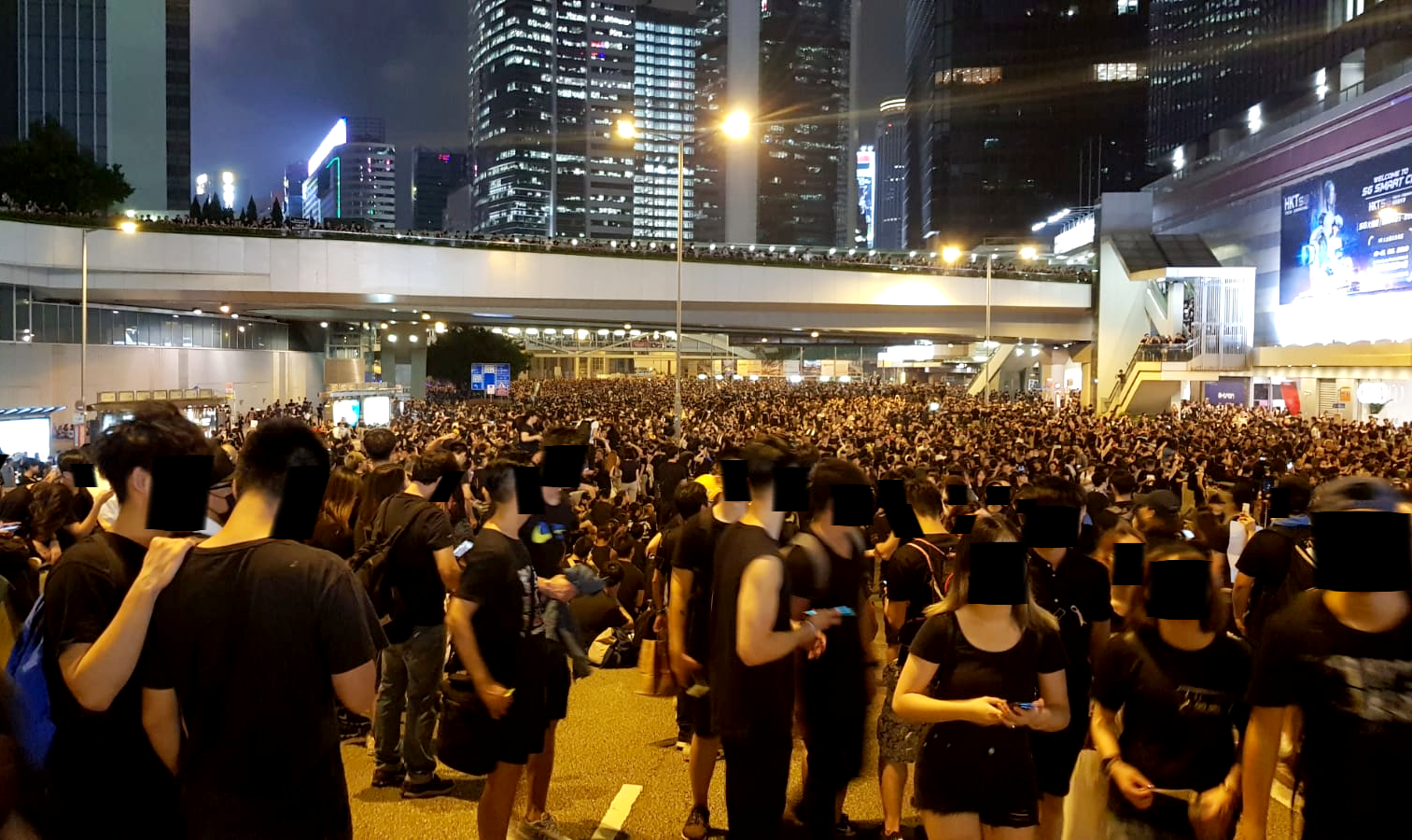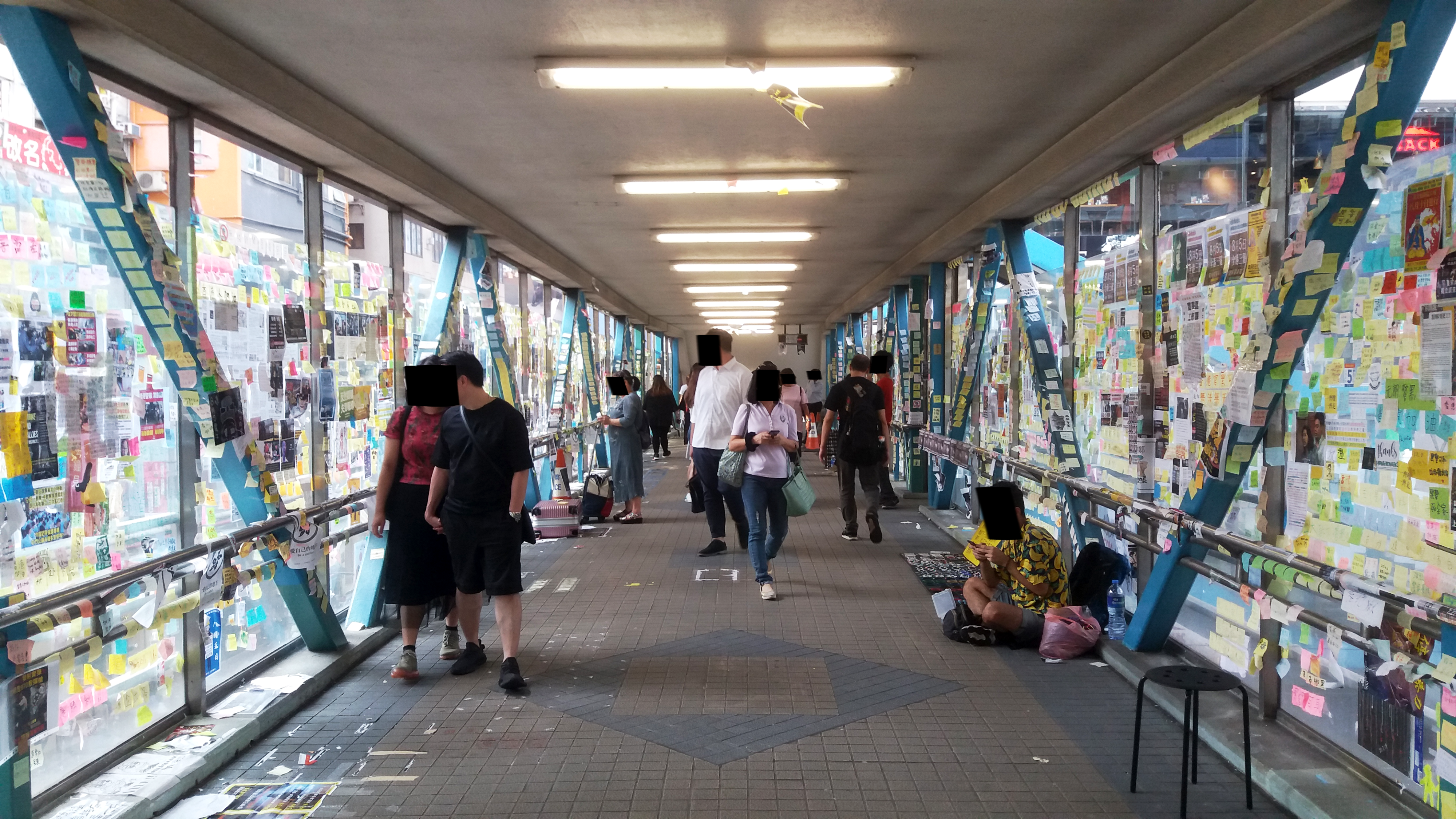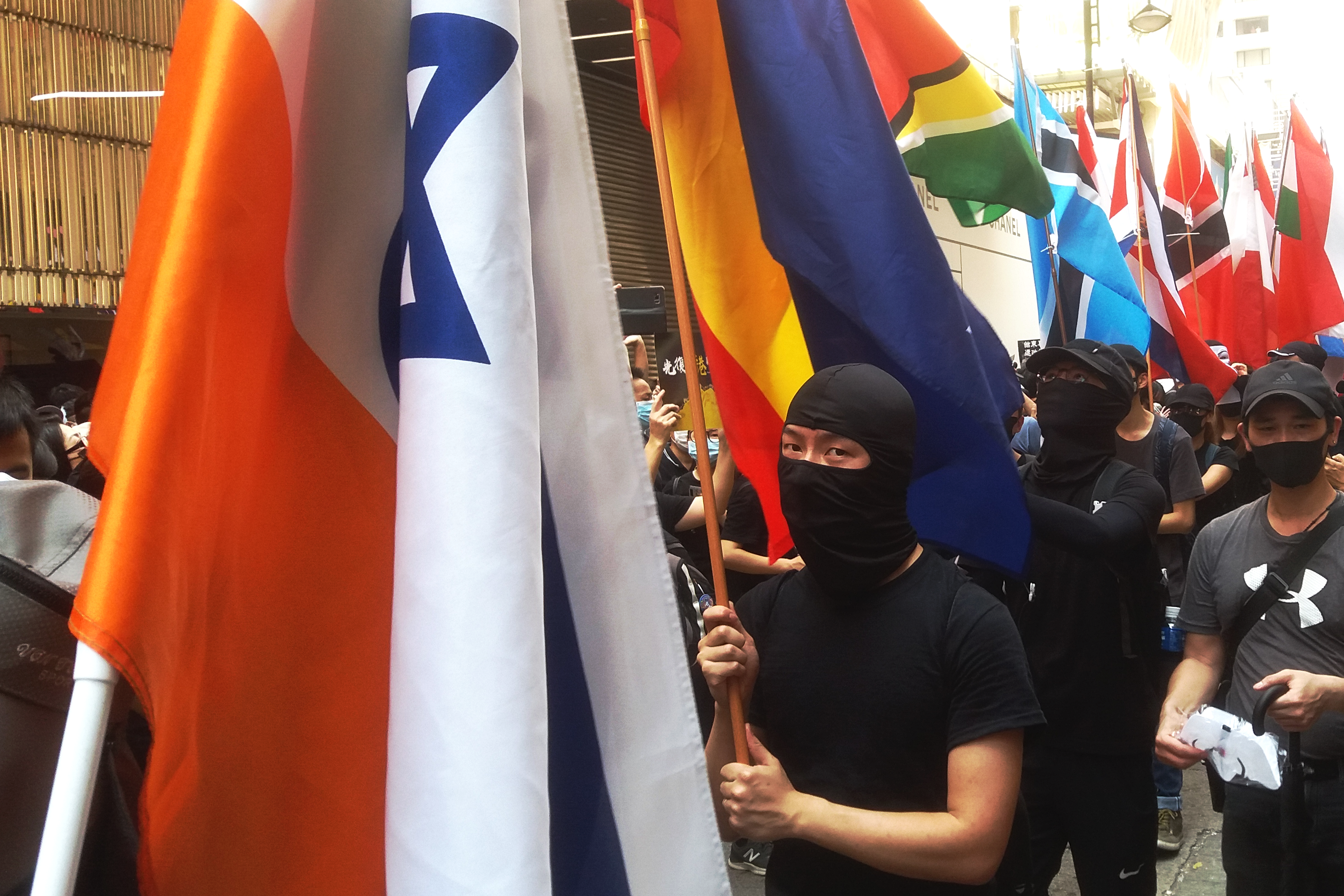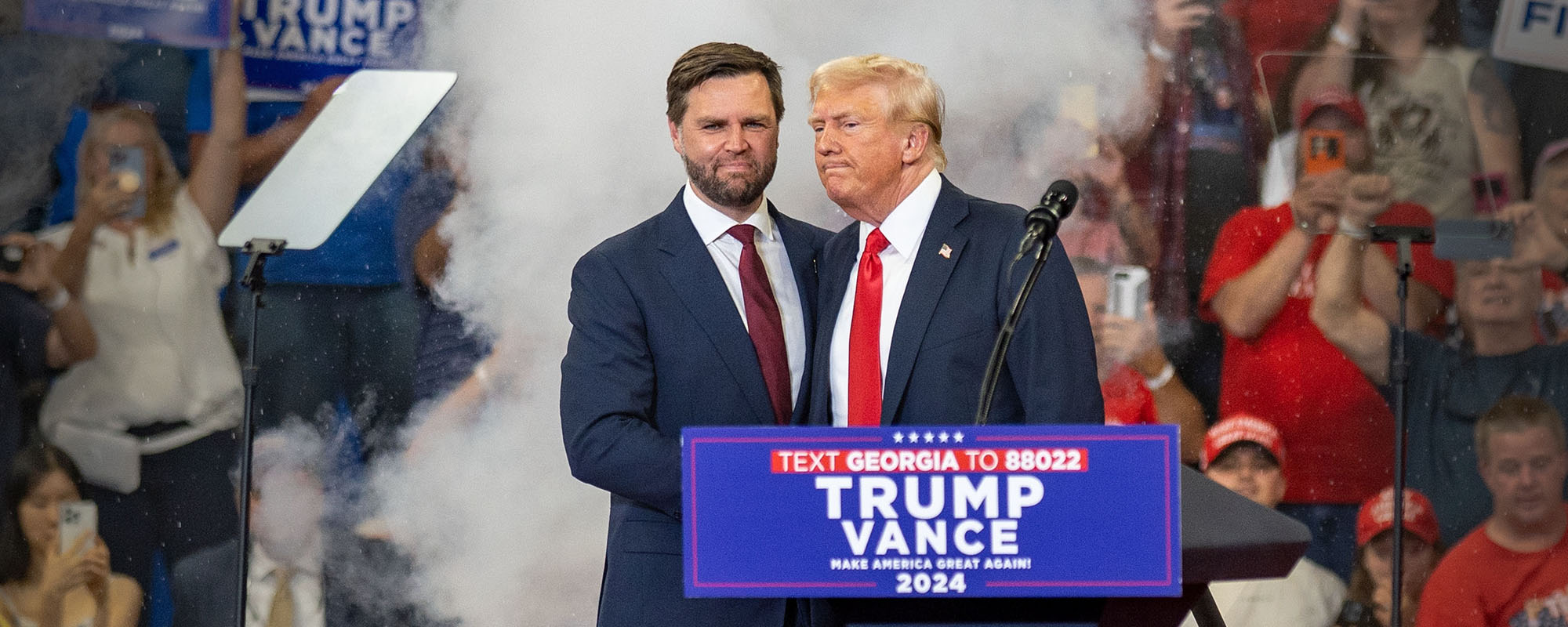The Hong Kong 2019 protests, were a political movement that was led by students and felt across the globe. THINK revisits the cause and effect of these student protests.
In 1997 Britain agreed to give Hong Kong back to China. This created a strange situation. First, Hong Kong would enjoy 50 years of relative self-determination. The people could preserve their unique way of life, retain British-style rule of law and there was even a promise of universal suffrage, i.e. the right to vote. After that, the handover would complete in 2047. Hong Kong would lose its autonomy and fall in line with the rest of China’s cities.
When asking friends in Hong Kong about their future plans, I sometimes mentioned that looming date. Most had decided to leave safely in advance, well aware of China’s ability to erode and replace non-conforming cultures.
Then, in early 2019, an extradition bill was proposed in Hong Kong. This wouldn’t be remarkable for most countries. It would just mean that people could be sent from Hong Kong to face justice for crimes they committed abroad. For locals, however, this was a huge red flag. Although it was announced after a Hong Kong citizen murdered his girlfriend in Taiwan, the extradition bill would also apply to China. As such, if a Hong Kong citizen broke a law whilst in China, they could be sent there to face punishment. With a huge, ill-defined list of criminal offences in China, a conviction rate of 99.9% in Chinese courts and a compliant Hong Kong government in office, this could spell disaster for local freedoms. Key pro-democracy figures might start to vanish, extradited across a Chinese border for imagined crimes.
After the bill was proposed, sporadic protests followed. I was aware of them but didn’t take much notice. I’d moved to Hong Kong in 2016, and protests seemed commonplace, as ubiquitous as food stalls nestled under skyscrapers. It wasn’t until a million people took to the streets on June 9th that I finally did my research into the extradition bill. On June 16th, better informed, I borrowed a black T-shirt and joined a river of two million flowing steadily towards Hong Kong’s government building in Admiralty. There were elderly protesters, disabled protesters, foreign protesters, and even newborn protesters, but undoubtedly the majority were young students.

Extra momentum for the protest movement arrived with the summer holidays. People of all ages and backgrounds continued to march, but now school and university students had time to take action on weekdays, with protests becoming near daily. Their voices amplified five demands: (1) Full withdrawal of the extradition bill, (2) Retraction of the characterisation of protesters as ‘rioters’, a term carrying a much harsher prison sentence, (3) Release of imprisoned protesters, (4) An independent inquiry into police brutality, (5) Universal suffrage.
Undeterred by increasingly violent crackdowns from police and triad gangs, students sourced inspiration from local icon, Bruce Lee. “Be formless, shapeless – like water”. Protests appeared seemingly from nowhere and dispersed just as fast, aided by bizarre technologies. Pokémon Go was repurposed as a mapping tool. Placing a poisonous ‘Wheezing’ Pokémon on the app told those nearby that tear gas had been fired there. Meanwhile, a back-to-basics approach was favoured by those away from the frontline. Lennon Walls flowered overnight and were torn down in the mornings. Each evening at 10pm, cries for freedom echoed across Hong Kong’s skyline.

Of course, student protests weren’t born in Hong Kong. They are a global phenomenon, entrenched in the history of all nations with an informed student population. From the Vietnam War to climate change, students often lead public outcry for societal change. Suppression isn’t new either. In 1968 Mexican student protests demanded their government reduce authoritarianism and were violently silenced in response. Students protesting in Tiananmen Square met the same fate in 1989.
Something that did make the Hong Kong student protests unique was the nature of the handover to China. Hong Kong’s children had essentially been born into a culture with an expiration date. The students that took to the streets, some not even teenagers, were not just protesting for legal freedoms but also for the essence of their home.
Ultimately, any victories won by the protest movement were short lived. The extradition bill was finally withdrawn in September 2019, but by then demands for democratic freedoms and inquiries into police brutality were the main focus. In June 2020, a new national security law stripped Hong Kong citizens of far more than they had gained. Protests continue to occur in Hong Kong even today, but demonstrations are far smaller and punishments are far harsher.
So, was it worth it? Looking back, the protest movement may have hastened the inevitable. A city succumbed to a superpower. But although they may not have succeeded in their goals, the student protesters of Hong Kong undoubtedly set a modern precedent for student defiance. With many other nations taking alarming turns towards authoritarianism, their legacy is likely to live on.
Author
-
THINK Magazine is the Official Research Magazine of the University of Malta. Research in Arts, Society, Science, and Tech form the core principles of our magazine, with ideas and curiosity driving the philosophy behind THINK.
View all posts





Comments are closed for this article!